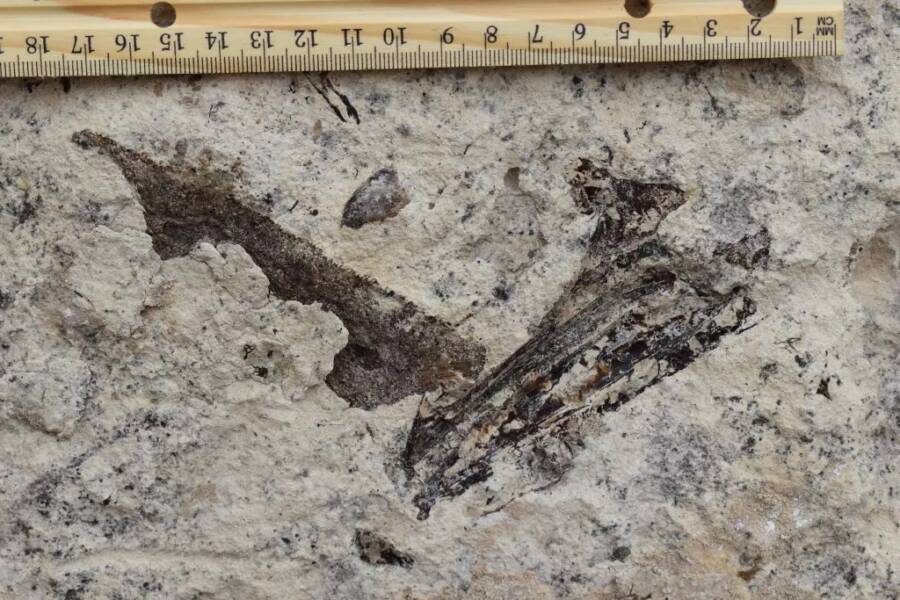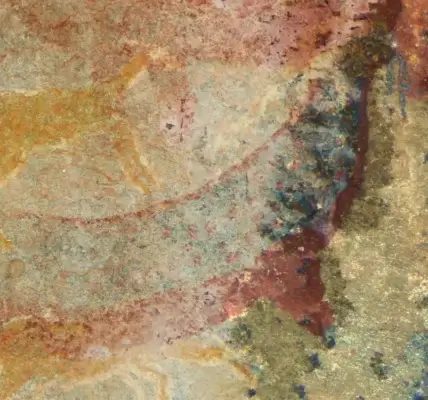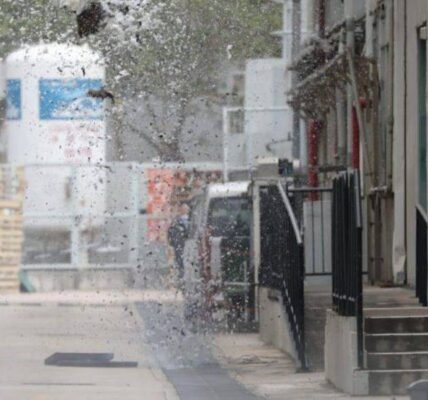Millions Of Prehistoric Fossils Unearthed During Los Angeles High School Construction: A ‘Once-In-A-Century’ Discovery
“Prehistoric Fossils” When a simple construction project at San Pedro High School turned into a groundbreaking prehistoric find, no one expected the sheer scale of what lay beneath.
A High School Becomes an Archaeological Treasure Trove
What began as routine construction at San Pedro High School in Los Angeles became one of the most significant fossil discoveries in California history. Workers, probably expecting nothing more than dirt and rocks, stumbled upon a vast trove of prehistoric remains. And when we say vast, we mean millions of fossils dating back nearly 9 million years. From saber-toothed salmon to massive marine mammals, this discovery is shaking up everything scientists thought they knew about California’s prehistoric landscape.
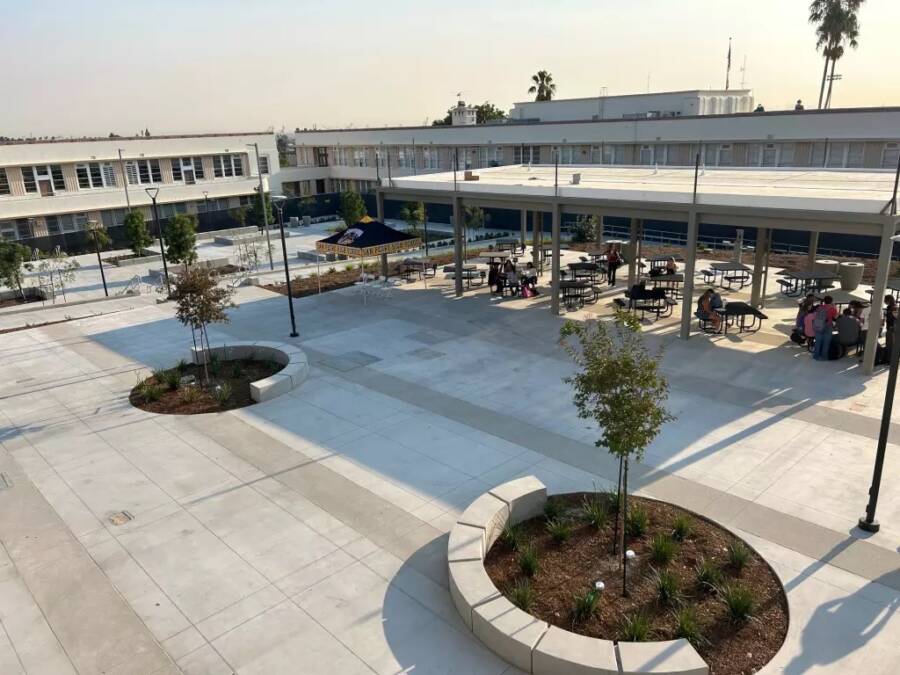
What Exactly Did They Find?
Let’s start with the jaw-dropper: three distinct fossil sites were uncovered during the construction. The remains? They’re from over 200 species, many of which had never been found in Southern California before. We’re talking about fossils from long-extinct sea turtles, birds, sharks, dolphins, and even megalodons—yes, the real-life “Jaws” that terrorized ancient seas.
In addition to these creatures, the excavation also revealed an 8.9-million-year-old layer of volcanic rock. This phosphorous-rich material tells tales of volcanic activity from the Miocene epoch, a period when Los Angeles was completely submerged underwater. So, if you were hoping for a little island getaway in prehistoric LA, tough luck—most of it was under the sea.
The “Largest Marine Bone Bed” in California
According to Wayne Bischoff, director of cultural resources at Envicom Corp., this fossil site is a rarity. In fact, he referred to it as the “largest marine bone bed ever found” in the state. That’s no small claim.
The fossils unearthed at San Pedro High School represent a stunning diversity of marine life from the Pleistocene and Miocene epochs. Bischoff noted that no one had ever discovered this kind of density of fossils at a site in California before. So yeah, this is not just your everyday fossil find; it’s more like striking archaeological gold.
But Wait, There’s More… Extinct Islands?
Aside from the fossils of prehistoric marine life, there were other curious clues found among the remains. Shore materials, including pieces of driftwood and skulls of sandpipers, hint at something even more intriguing—an extinct island off the coast of Southern California.
Now, before you book a time-travel vacation, let’s just say this discovery has scientists scratching their heads in excitement. Bischoff and his team believe that heavy storms during the Miocene era washed plant and animal debris from an island into a submarine canyon, where it remained sealed in mud for millions of years. And while this idea might seem wild, geologists are already looking for more evidence of long-gone islands in the Channel Island zone.
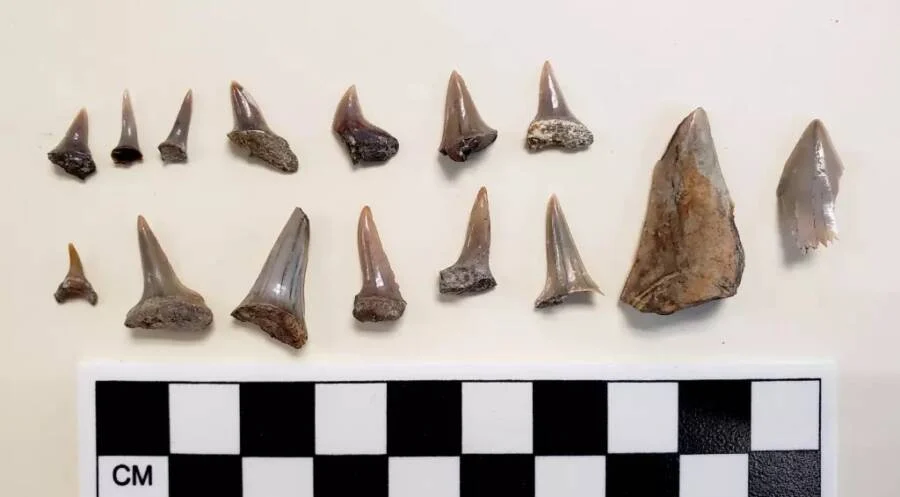
A Detective Story Written in Limestone
If you think this sounds like a plot straight out of an archaeological mystery novel, you’re not wrong. According to geologist Richard Behl, discovering these fossils is like being a detective. Each piece is a clue, and it’s up to the scientists to piece the whole story together. After all, the geography of our oceans and land millions of years ago directly impacts the ecosystems we see today.
What’s more, scientists are no longer just interested in naming new species and cataloging fossils like Pokémon. They’re digging deeper (literally and figuratively) to understand how these ancient ecosystems worked, how they evolved, and what that means for our world today. Pretty cool, right?
The Fossils Are Headed to California’s Top Museums
Once the school’s construction was completed, most of the fossils were moved to the California State University Channel Islands and the Los Angeles County Museum of Natural History. There, researchers are continuing their analysis of the fossilized bones, teeth, shells, and even prehistoric poop. Yep, you read that right—fossilized shark and dolphin excrement were also found at the site.
Now, if you’re a student at San Pedro High School, this might be your claim to fame. The school itself has even put a few of these fossilized finds on display, allowing students to learn about the ancient history right beneath their feet. Taya Olson, a senior at the school, said it best: “The fact that it’s here, and that we get to learn more about it, and it’s gonna spur more discovery? It’s just something that I’m really, really excited about.”
What Does This Mean for the Future of Archaeology?
While the students may be excited, scientists are downright ecstatic. This find is a once-in-a-century discovery that provides a rare glimpse into a period of Earth’s history that we still know so little about. With every bone, every fossilized tooth, and even every piece of driftwood, researchers are slowly piecing together the puzzle of ancient marine ecosystems.
And here’s the kicker—this could be just the beginning. According to Bischoff, scientists are now searching for more extinct islands and similar fossil beds along the California coast. If this discovery has taught us anything, it’s that there’s still a lot of history waiting to be uncovered, maybe even right beneath our feet.

